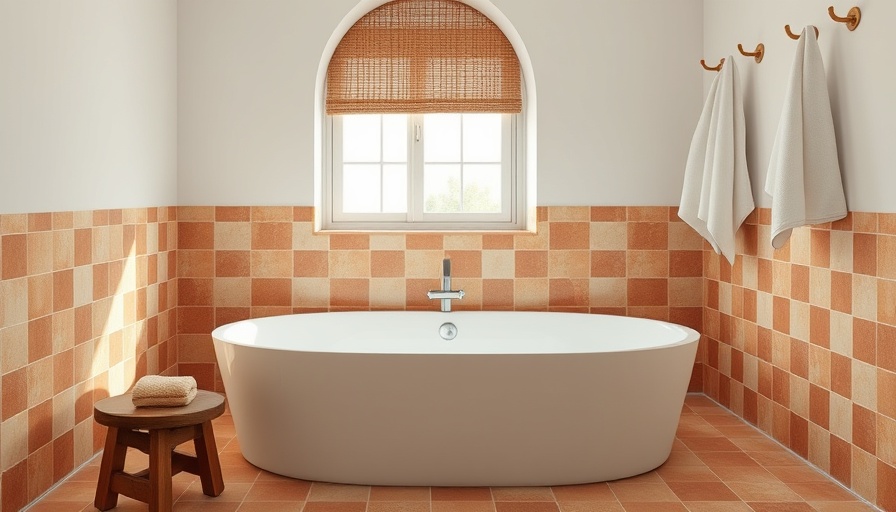
Utilizing What You Have: A Sustainable Approach to Landscaping
In today's fast-paced world, the allure of new, shiny garden features often overshadow the beauty of what we already possess. Whether you're starting afresh or managing an expansive landscape, drawing inspiration from your existing surroundings can not only save you money but also align your outdoor space harmoniously with nature. This philosophy of 'copying what you have' has profound implications for sustainable gardening practices.
Nature’s Colors: How Local Flora Can Inspire Your Garden
A prime example of this ethos can be seen in a barge-turned-house where American beachgrass was used to mimic native rushes in the wetlands, providing a seamless transition from home to environment. This natural aesthetic enhances the beauty of any landscape while ensuring that local wildlife is supported, reflecting a growing trend in environmental sustainability.
Creative Solutions: Bird Baths from Nature’s Materials
Adding a functional element such as a birdbath can exemplify this philosophy wonderfully. Instead of purchasing an ornate fountain, consider using a simple stone with a hollow to hold water. This not only creates a natural habitat for birds but also respects the local design vernacular. Birdbaths invite life into your garden and provide enjoyment but can be made from materials readily available from your own backyard.
Building with Nature: Transforming Free Resources
One compelling story is of a stone wall in Ojai designed entirely from free materials, repurposing rocks excavated during pool construction. This not only minimized costs but also created a beautiful boundary that fits perfectly with the local landscape. Rethinking materials in this way demonstrates a sustainable approach that any homeowner can adopt.
The Ripple Effect: Encouraging Outdoor Communities
Copying what you have can also serve as a catalyst for stronger community ties. By sharing knowledge about sustainable practices and inviting neighbors to contribute materials, gardens can turn into collaborative spaces that foster connections and boost local biodiversity. Gardening can become a communal activity that brings people together while being mindful of environmental impacts.
Harvesting Inspiration for Your Own Space
As you ponder your garden project, remember that inspiration often lies just beneath the surface of your existing landscape. Observe the native plants, use locally sourced materials, and engage with your community. Creating a garden reflective of your surroundings not only has aesthetic value but also aligns your outdoor space with nature's rhythms.
In a world increasingly dominated by consumerism, the perspective of 'copying what you have' stands out. It encourages us to appreciate the beauty in simplicity, honor our local ecosystems, and cultivate sustainable practices that benefit both our gardens and the planet.
 Add Row
Add Row  Add
Add 




Write A Comment